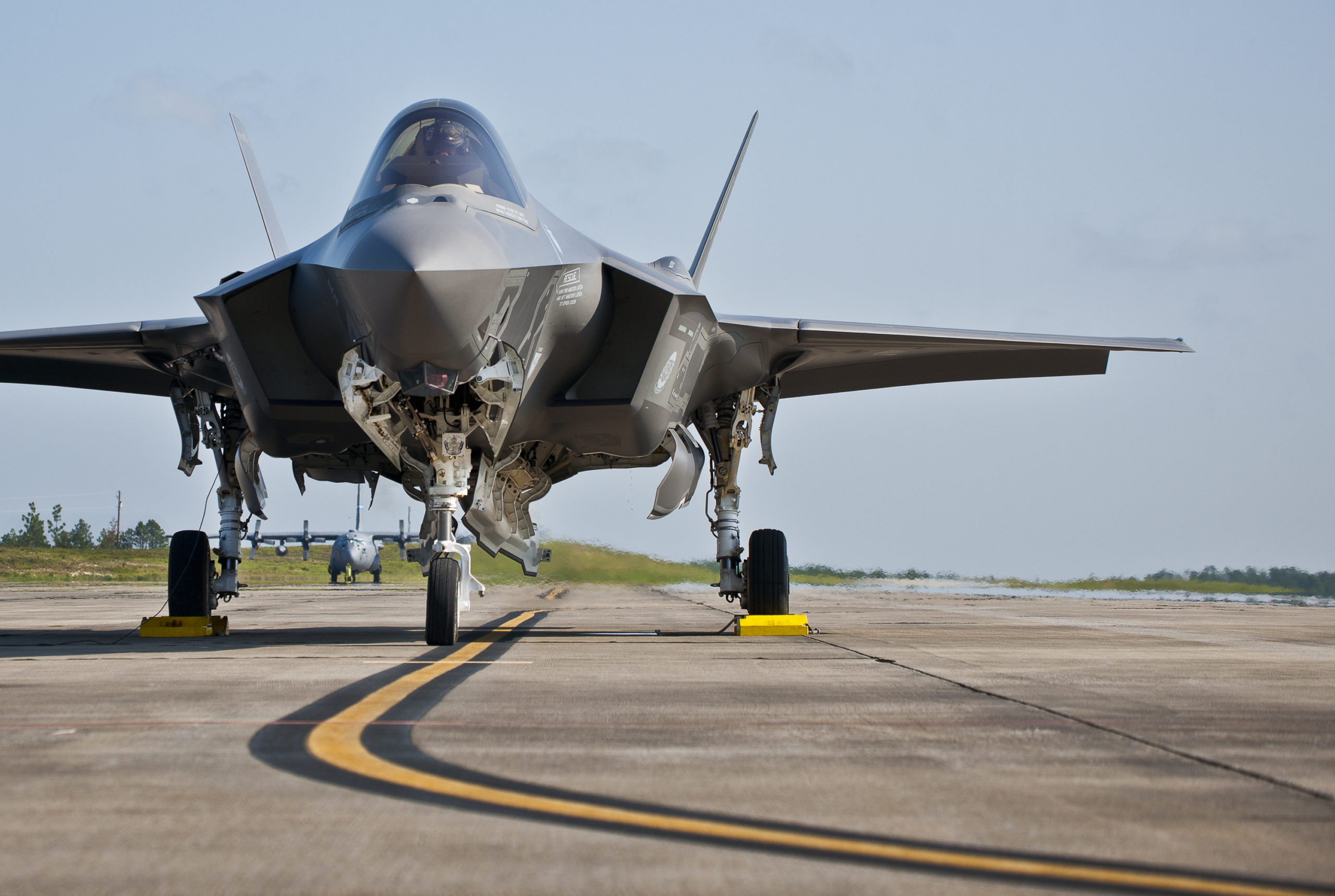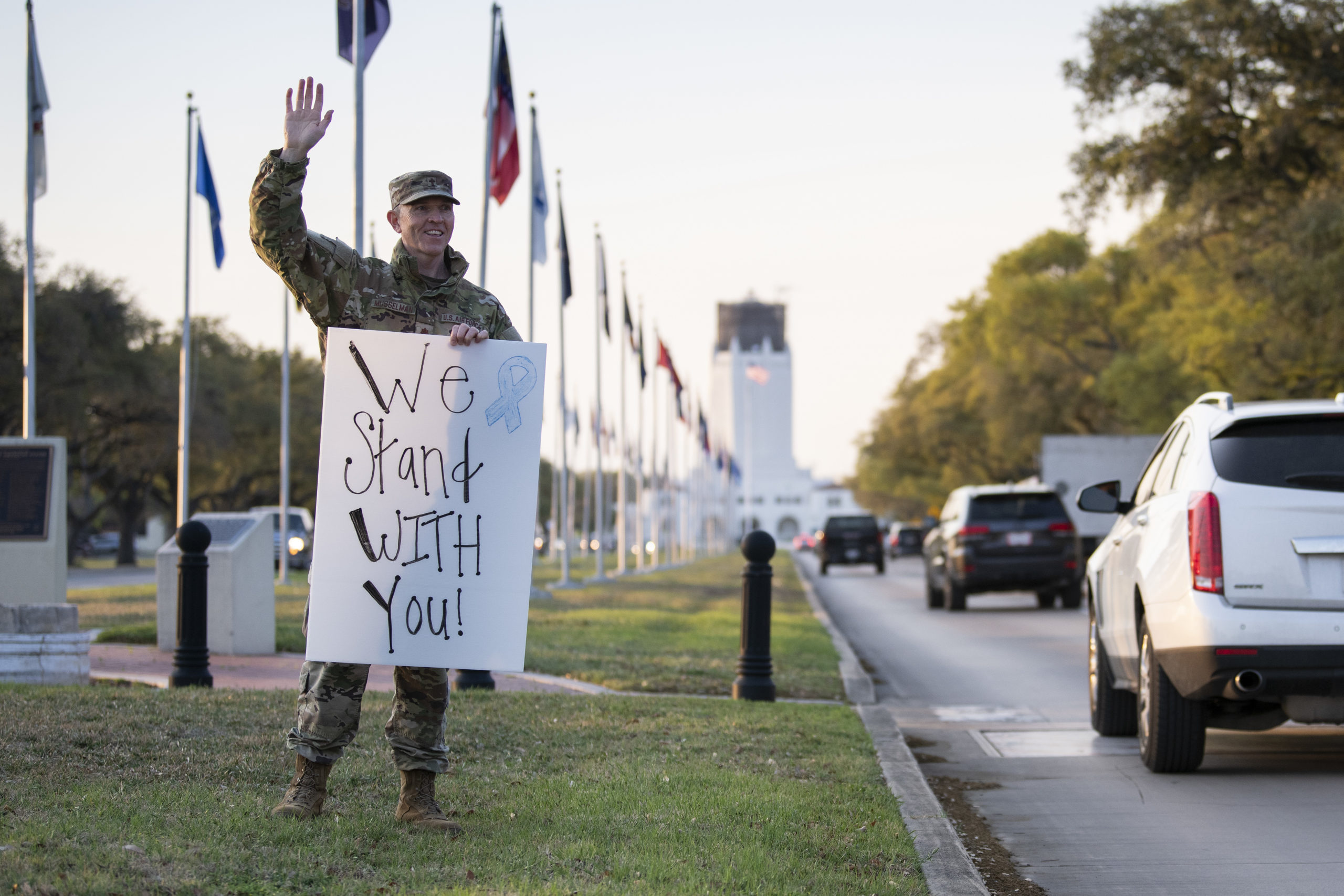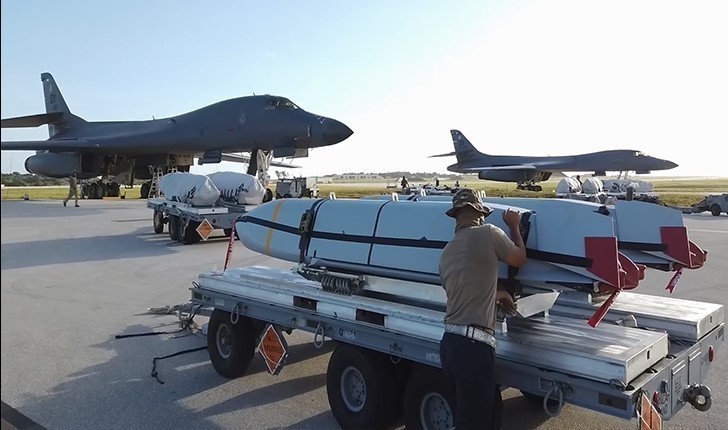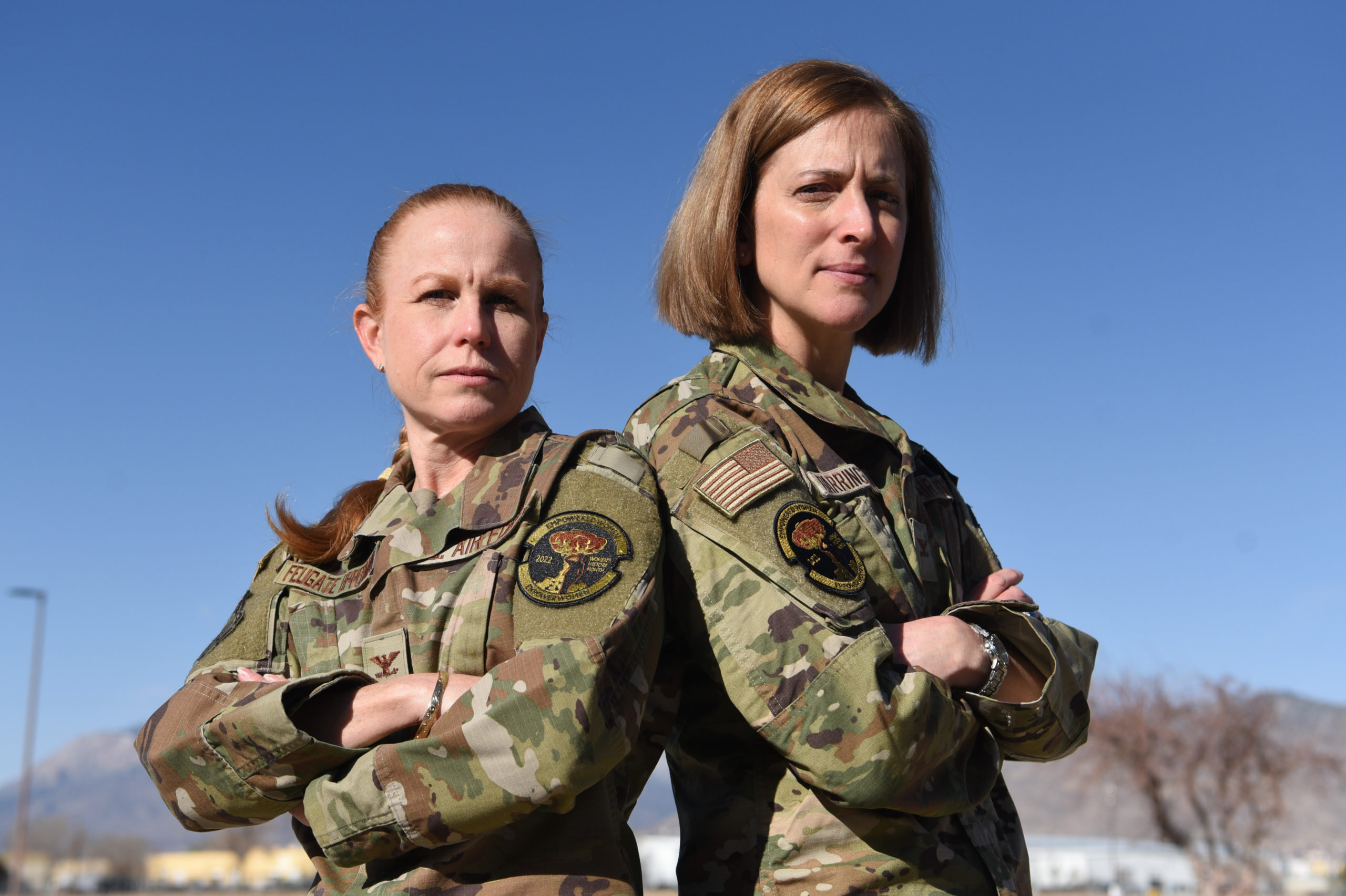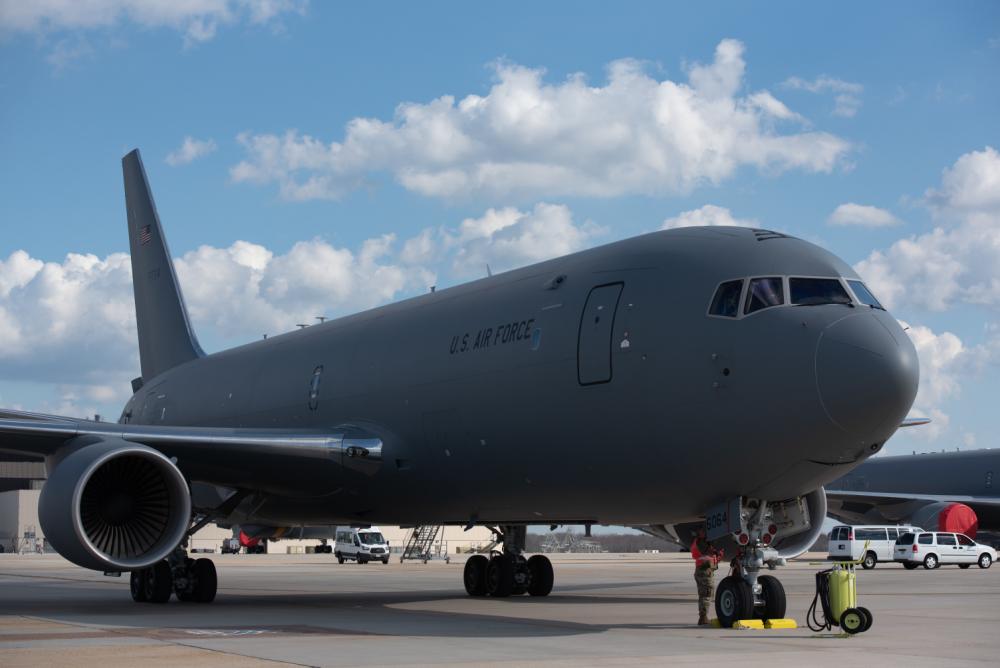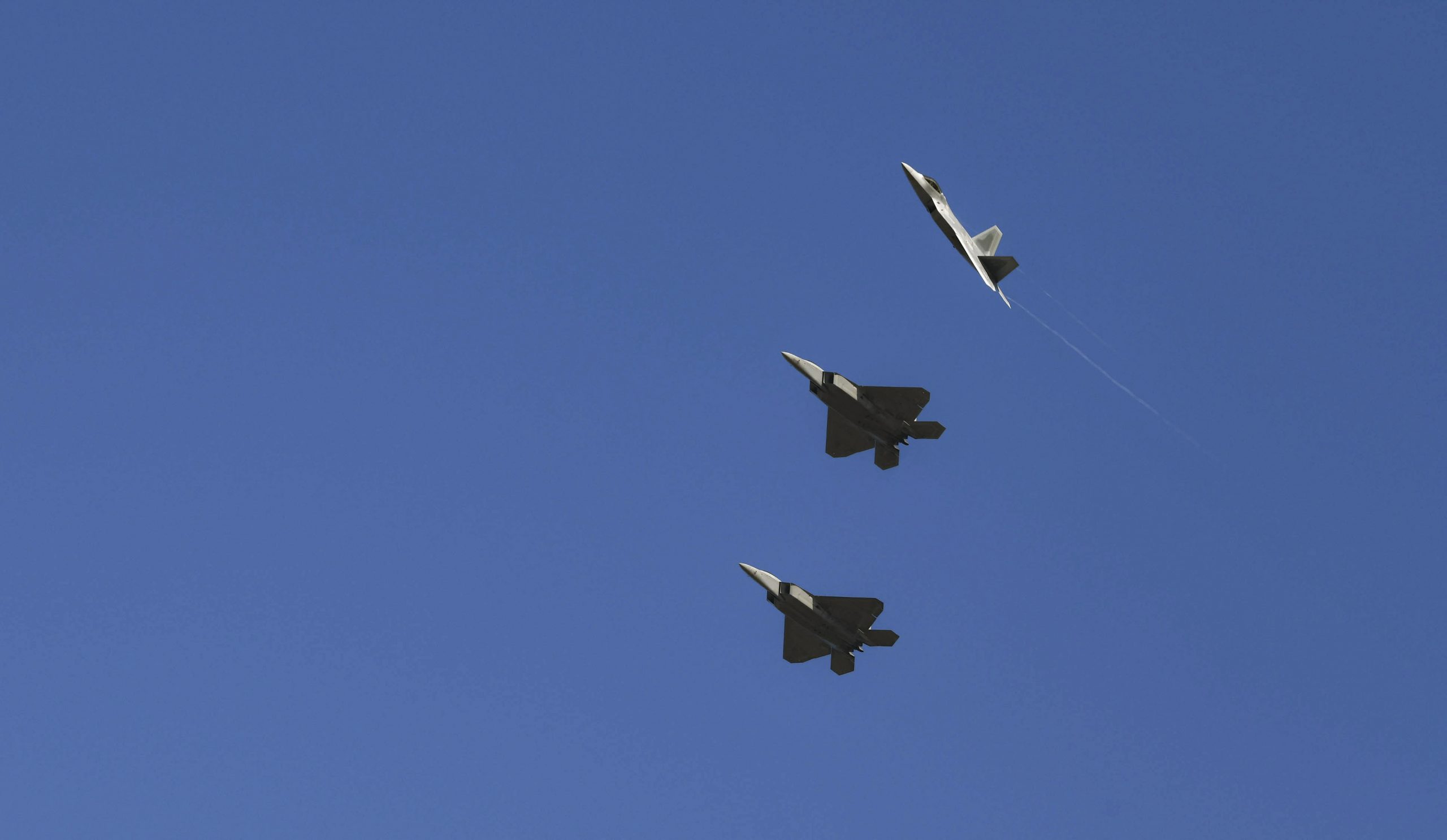U.S. Space Command won’t reach its full operational capability for years if its headquarters moves to Alabama as planned, a U.S. senator contends—but the already-two-year-old command could get to FOC as soon as the end of 2022 if it stays at its temporary home in Colorado.
In fact, Sen. John Hickenlooper (D-Colo.) told Air Force Magazine the command could have already reached FOC by now if not for the uncertainty surrounding where it will call its permanent home.
Both the Defense Department inspector general and Government Accountability Office are investigating the Trump administration’s decision to base the U.S.’s newest unified combatant command at Redstone Arsenal, Ala.
Getting to FOC sooner matters because the military’s vulnerabilities in space affect “almost every aspect of our national security,” Hickenlooper said—even “our ability to deal with the Russian aggression you see in Ukraine.”
As for the five years he estimated the command could take to get to FOC in Alabama: “We don’t have that time, in my opinion,” Hickenlooper said. “We need all hands on deck right now.”
Hickenlooper addressed the basing decision on the sidelines of touring a small company: Advanced Space of Westminster, Colo., which has an agreement with the Air Force Research Laboratory to share data from a mission to chart cislunar orbits for NASA.
The Department of the Air Force twice searched for U.S. Space Command’s permanent home base after it became the military’s 11th unified combatant command in 2019. The administration scrapped one list of finalists before then-Defense Secretary Mark T. Esper adopted a different process in which local communities got to make pitches.
Members of Colorado’s congressional delegation have said former President Donald J. Trump gave the headquarters to Alabama “for political reasons,” and after his presidency ended, Trump took credit for the decision.
The command has awaited the outcome of the investigations from its temporary home at Peterson Space Force Base in Colorado Springs. Peterson was considered a favorite for the permanent basing decision because of its close connection to the Space Force and Air Force space activities historically.
“We can’t just kind of play politics and kick the can down the road like we’ve been doing,” Hickenlooper said. “We need to take things like Space Command, that have a mission that’s vitally important to this country, and make sure we do everything we can to get them full operational capability ASAP.”
Hickenlooper said he didn’t think the search process took into account the time to get to FOC.
Commander of U.S. Space Command Gen. James H. Dickinson said in congressional testimony March 4 that the basing decision is holding him back from getting to FOC “as quickly as possible.”
Though no matter the location, he estimated that the command is “a couple-three years away” from FOC “based on many things,” including “attracting the right expertise within the command, and making sure that I have trained those processes and procedures within the command to be able to do the entire mission set that I have been given.”
Meanwhile, the projected size of the command has shrunk, Hickenlooper said, suggesting it wouldn’t require any new construction at Peterson.
He and eight other members of Colorado’s congressional delegation addressed a letter to President Joe Biden on March 22, pointing out the national security implications of delaying FOC and urging the President to take into account the forthcoming findings of both investigations.
The letter cites the urgency of U.S. European Command’s “efforts to monitor and respond to the situation in Ukraine” as well as the threat posed by Russia’s launch of an anti-satellite weapon in November 2021 that resulted in a problematic cloud of debris in low Earth orbit.
“As Russia’s war on Ukraine evolves, it is vital for USSPACECOM to maintain operational continuity, and achieve FOC without delay,” the lawmakers wrote. “We remain concerned that moving the combatant command headquarters will slow the progress toward full capability—a delta we cannot afford at this fraught geopolitical moment in history.”
“If we made up our mind tomorrow that that’s what we wanted to do, we could have them at full operational capability by the end of the year,” Hickenlooper said, referring to keeping the command in Colorado.

